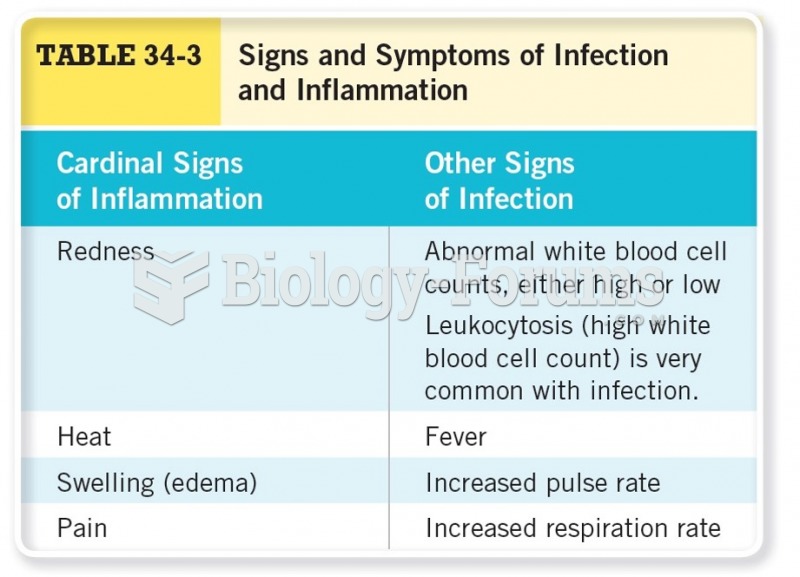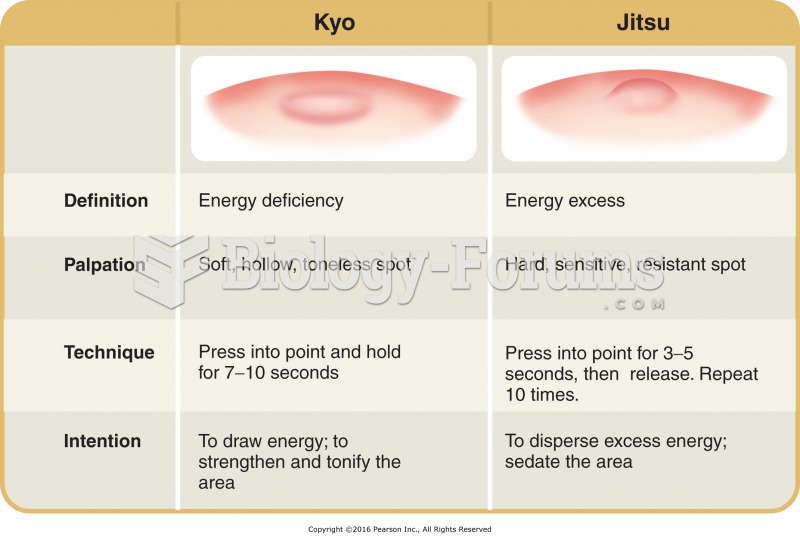Answer to Question 1
Differential diagnosis is the medical process of discovering which of a number of possible diseases
or conditions is responsible for the symptoms the patient has. The clinical process of making a
differential diagnosis involves a systematic comparison and contrast of clinical findings. Tests
are done to differentiate and eliminate (as in a process of elimination). In this case, it means to
distinguish R.K.'s symptoms as cardiac versus noncardiac.
R.K.'s symptoms could come from several sources, some serious and life-threatening, some
less significant. By performing a careful assessment and a series of diagnostic tests, the physician
can rule out what the diagnosis is not by a process of elimination. After the physician narrows the
possibilities, the diagnosis usually is whatever is left.
Answer to Question 2
Twelve-lead electrocardiogram (ECG): To determine whether R.K. has had a prior MI, whether she
is showing ischemic changes and in what part of her heart, and whether she is having irregular
rhythms. (ECG is not an exclusive test for MI.)
Chest x-ray (CXR): To see whether the heart (cardiac silhouette) is enlarged or whether there might
be any visible structural problems or defects that are contributing to her symptoms. Check for
pulmonary edema.
Oxygen saturation: To determine whether her symptoms might be related to a respiratory disorder
or whether her heart is able to adequately pump blood through her lungs.
Cardiac enzymes: Creatine phosphokinase with isoenzymes if elevated and troponin T or I to
determine whether she has had an MI.
Complete blood count (CBC) with differential: To check for anemia or infection.
D-dimer test to rule out pulmonary embolus.
Metabolic or chemistry panel, or acute care panel, including serum lipid panel urinalysis (UA).
Prothrombin time/international normalized ratio (PT/INR) and partial thromboplastin time (PTT):
To examine for basic coagulation disorders.
Gastrointestinal: indigestion, gastritis, hiatal hernia, reflux esophagitis, gastroesophageal reflux
disease (GERD), gallbladder disease, esophageal spasm, peptic ulcer disease (PUD)
Respiratory: pleurisy, pulmonary embolism, pneumonia, pneumothorax
Cardiac: vasospastic angina, mitral valve prolapse (MVP), severe aortic stenosis, cardiac dysrhythmia,
pericarditis
Musculoskeletal: rib fracture, costochondritis, respiratory muscle strain, vertebral fractures or
compression resulting in nerve impingement
Metabolic: anemia, carbon monoxide toxicity
Psychosocial: anxiety or stress, panic attack







